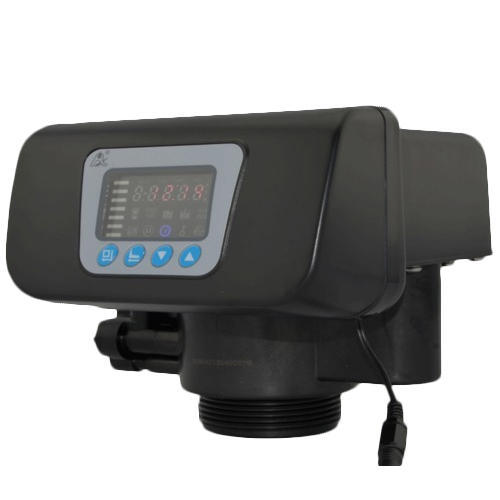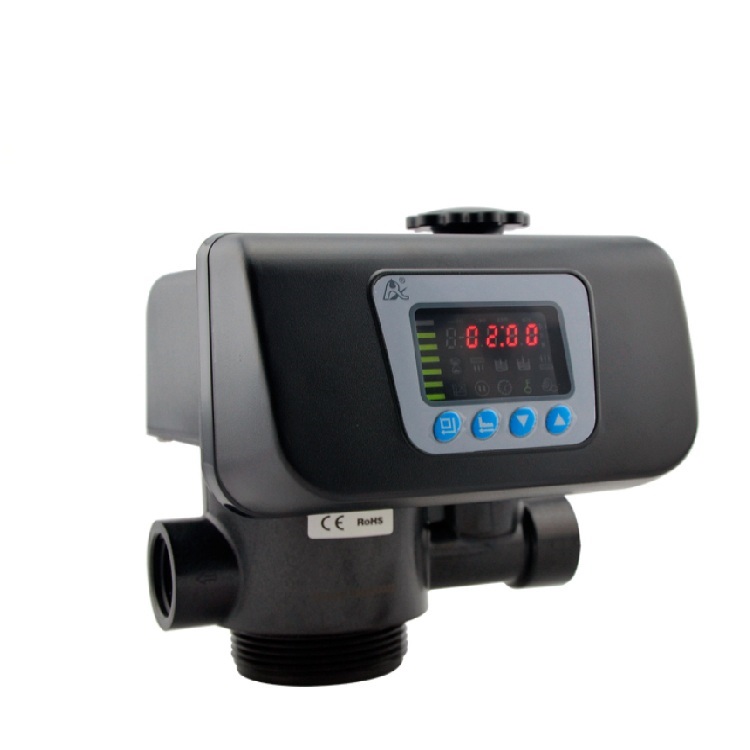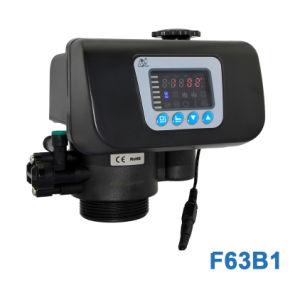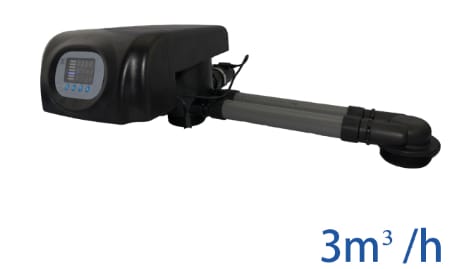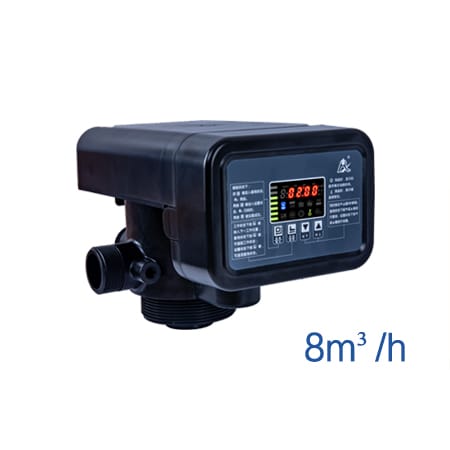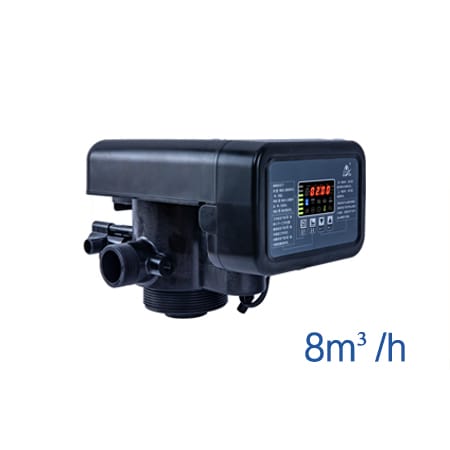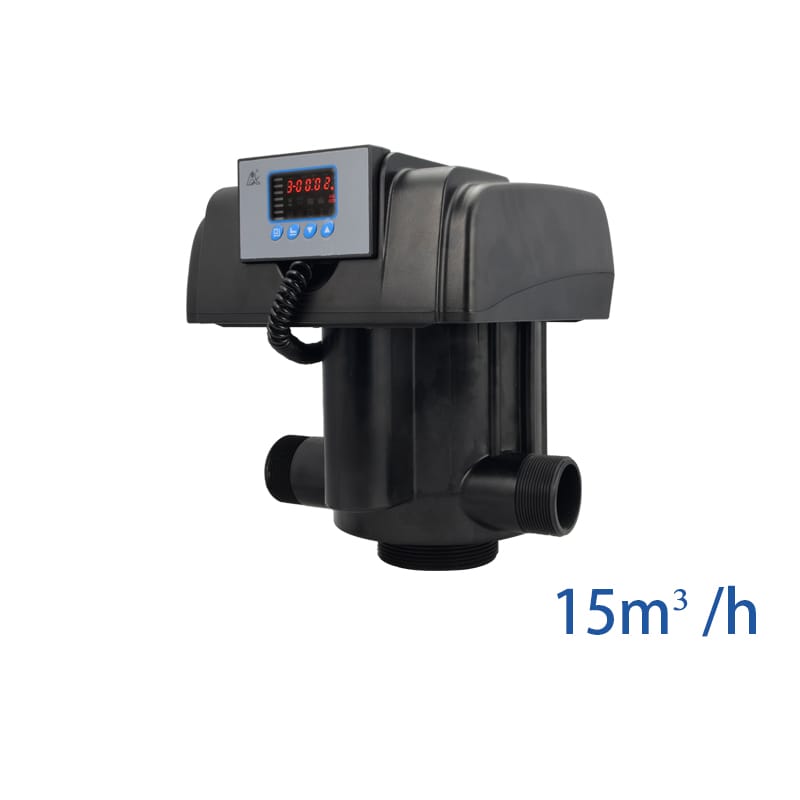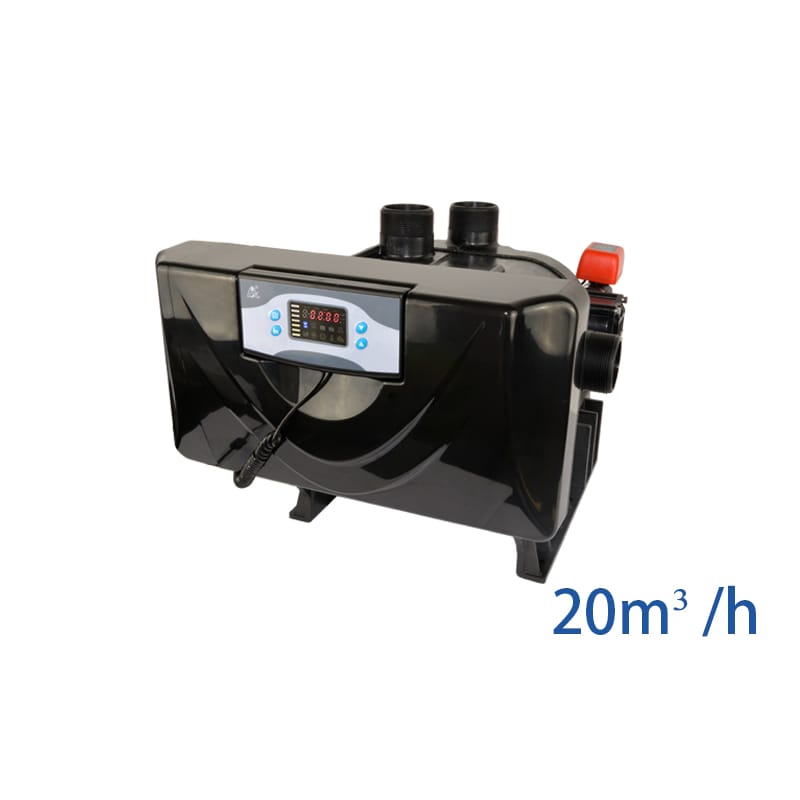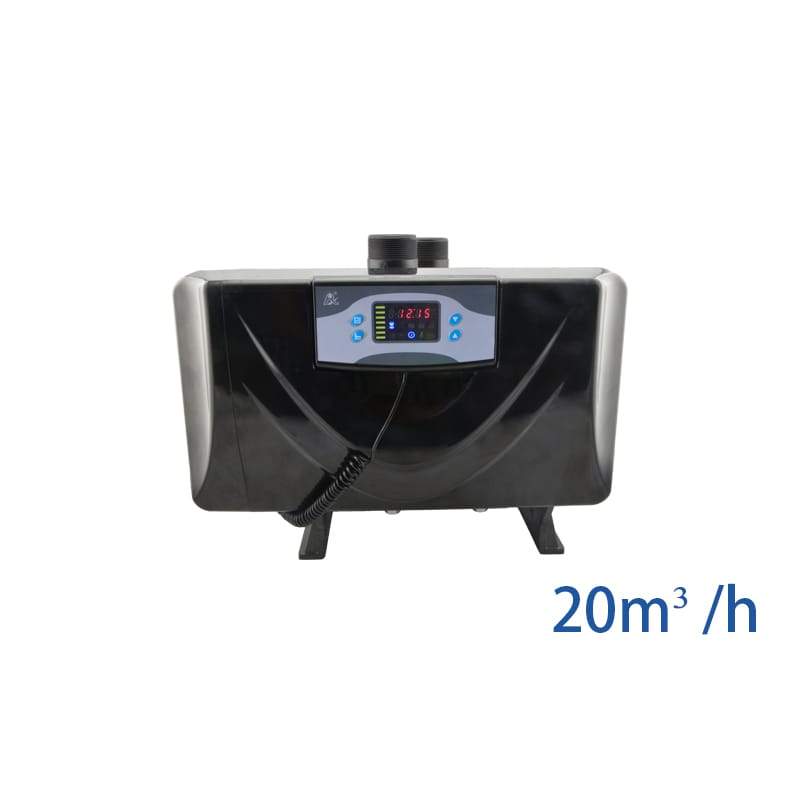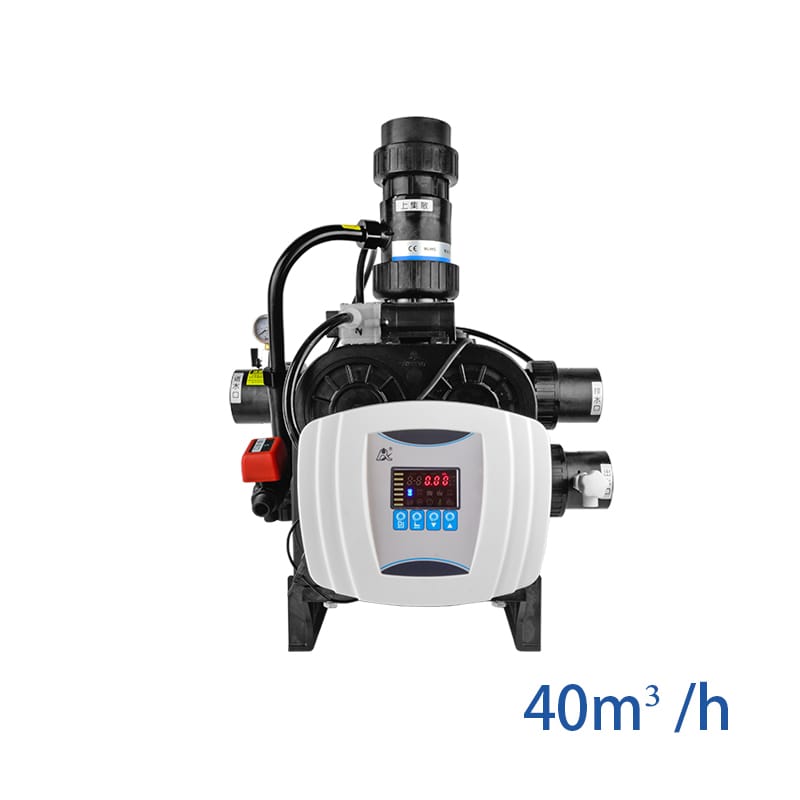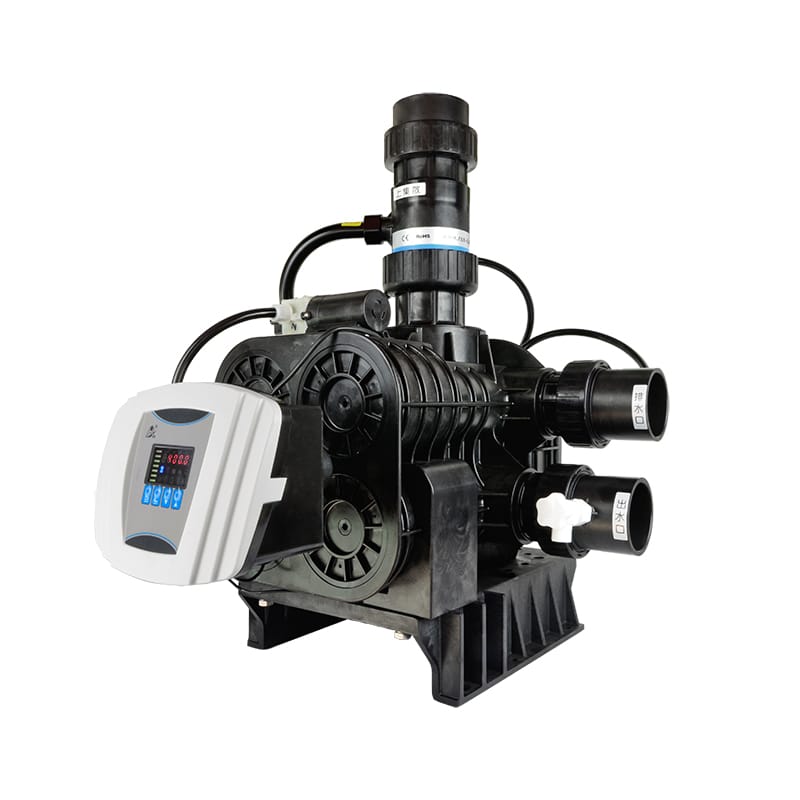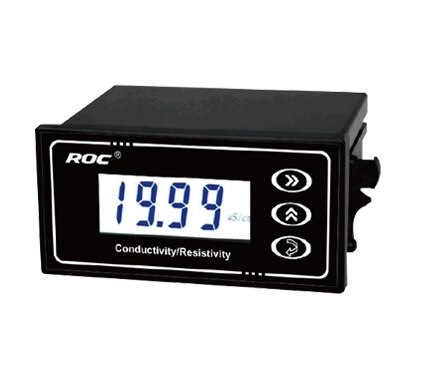Hydro Pure is able to provide services in Water Recycling and Filtering:
Water Recycling
Water Filtration
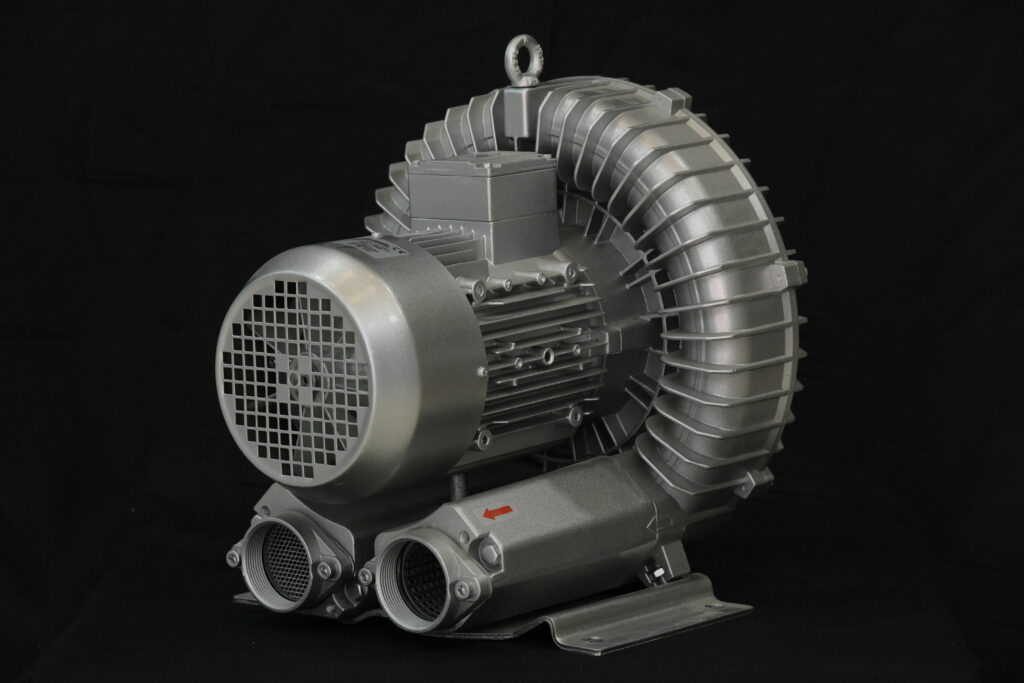
A blower is a mechanical device that creates airflow at high pressure or volume. In wastewater treatment, blowers are vital for aeration systems. Aeration introduces air into water, stimulating aerobic bacteria growth, crucial for breaking down organic matter. By supplying air to aeration tanks, blowers help microorganisms degrade pollutants, ensuring effective wastewater treatment. 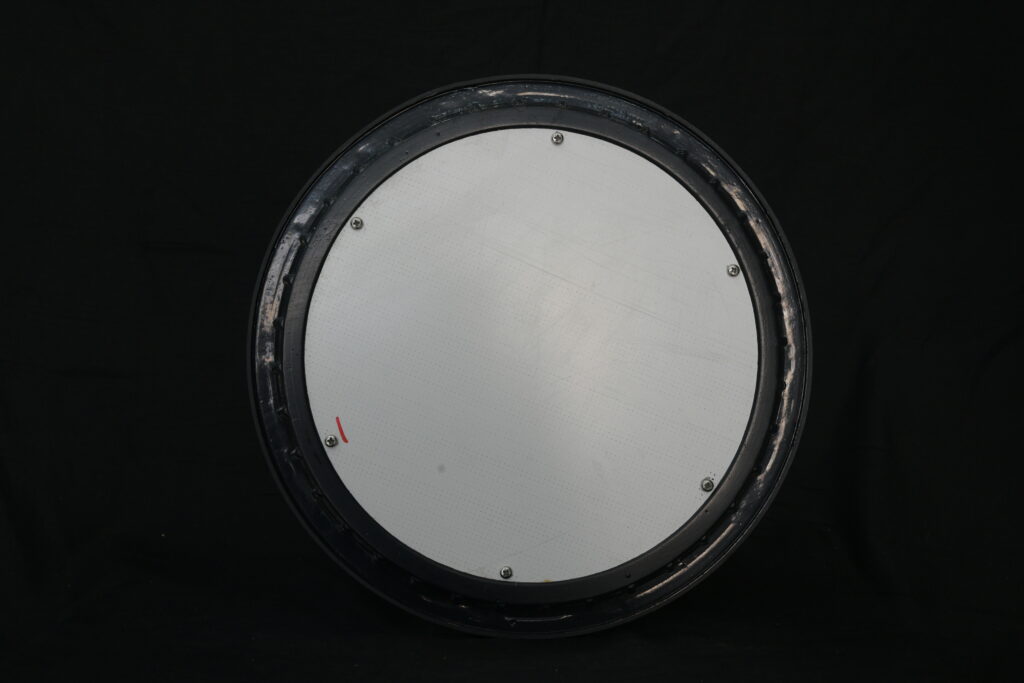
A blower’s diffuser is a component designed to evenly distribute airflow generated by the blower. It’s often used to reduce turbulence and increase efficiency by converting high-velocity air into a more uniform flow pattern. The diffuser helps to maintain consistent airflow and pressure throughout the system, improving performance and reducing noise levels. 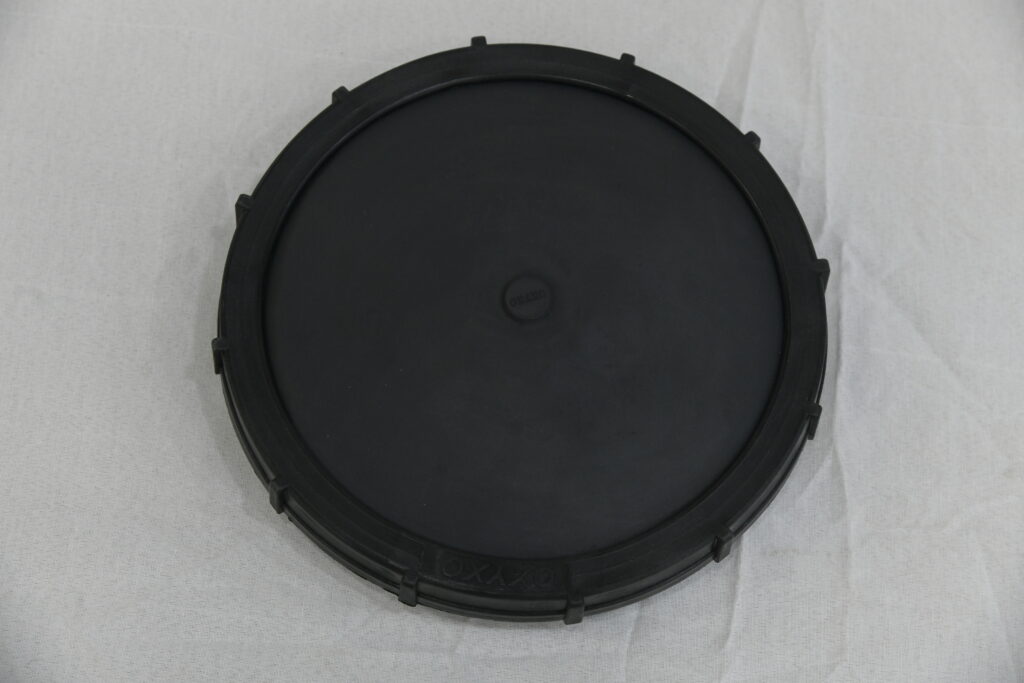
A blower’s diffuser is a component designed to evenly distribute airflow generated by the blower. It’s often used to reduce turbulence and increase efficiency by converting high-velocity air into a more uniform flow pattern. The diffuser helps to maintain consistent airflow and pressure throughout the system, improving performance and reducing noise levels. 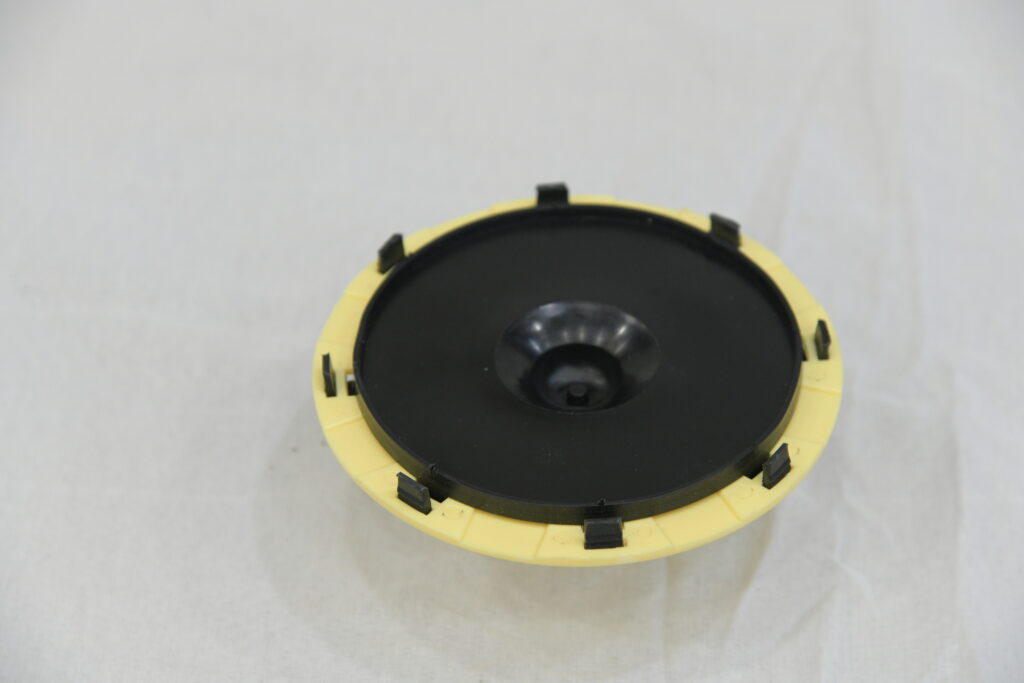
A blower’s diffuser is a component designed to evenly distribute airflow generated by the blower. It’s often used to reduce turbulence and increase efficiency by converting high-velocity air into a more uniform flow pattern. The diffuser helps to maintain consistent airflow and pressure throughout the system, improving performance and reducing noise levels. 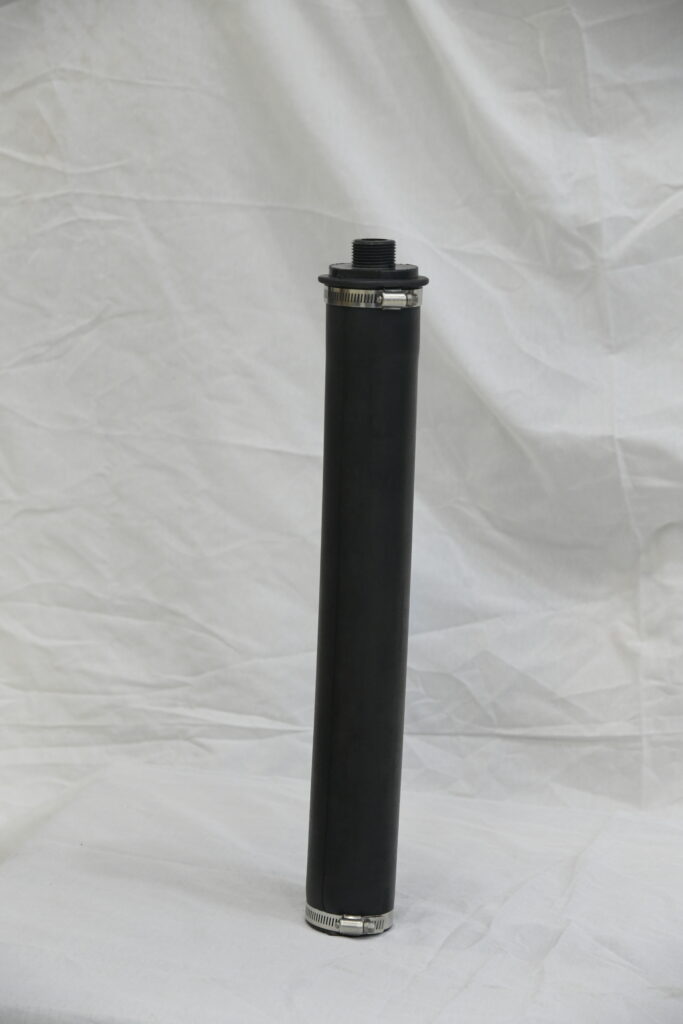
A roller diffuser is a type of airflow control device used in various applications, including HVAC systems and industrial processes. It consists of a series of cylindrical rollers arranged in a specific configuration to regulate and distribute airflow. As air passes through the roller diffuser, the rollers rotate, creating turbulence and redirecting the airflow in desired directions. Roller diffusers are designed to provide adjustable airflow patterns and can be used to achieve precise air distribution and comfort control in indoor spaces. 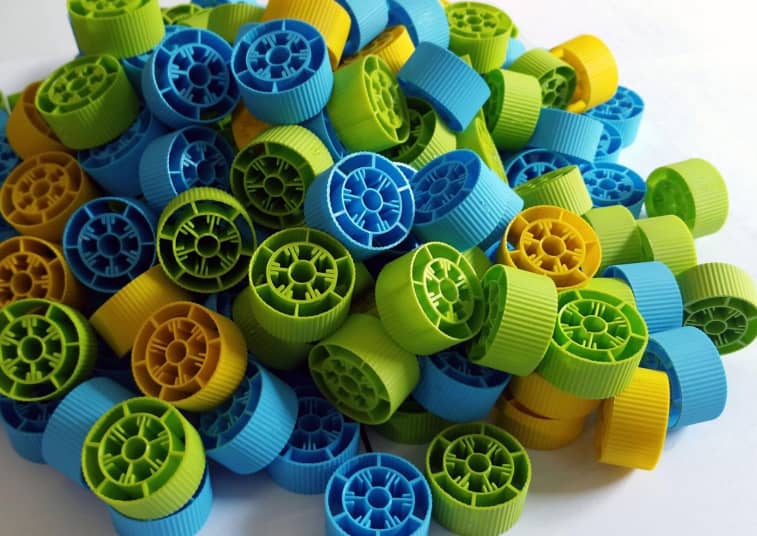
MBBR media serves as a thriving habitat for microorganisms, fostering their growth and facilitating biological processes. By maximizing surface area, it optimizes the efficiency of the MBBR system, promoting enhanced wastewater treatment performance. 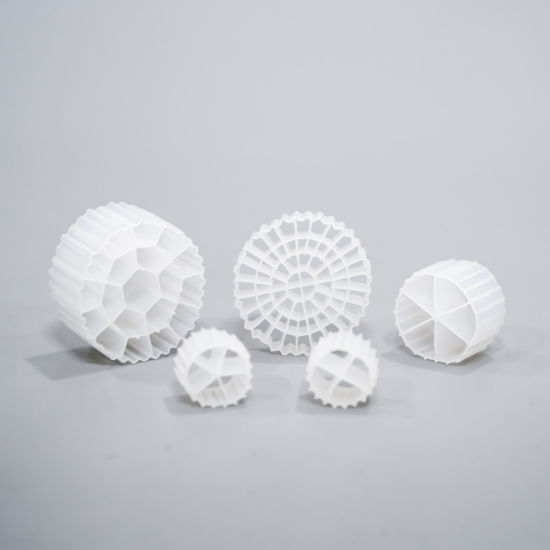
MBBR media serves as a thriving habitat for microorganisms, fostering their growth and facilitating biological processes. By maximizing surface area, it optimizes the efficiency of the MBBR system, promoting enhanced wastewater treatment performance. 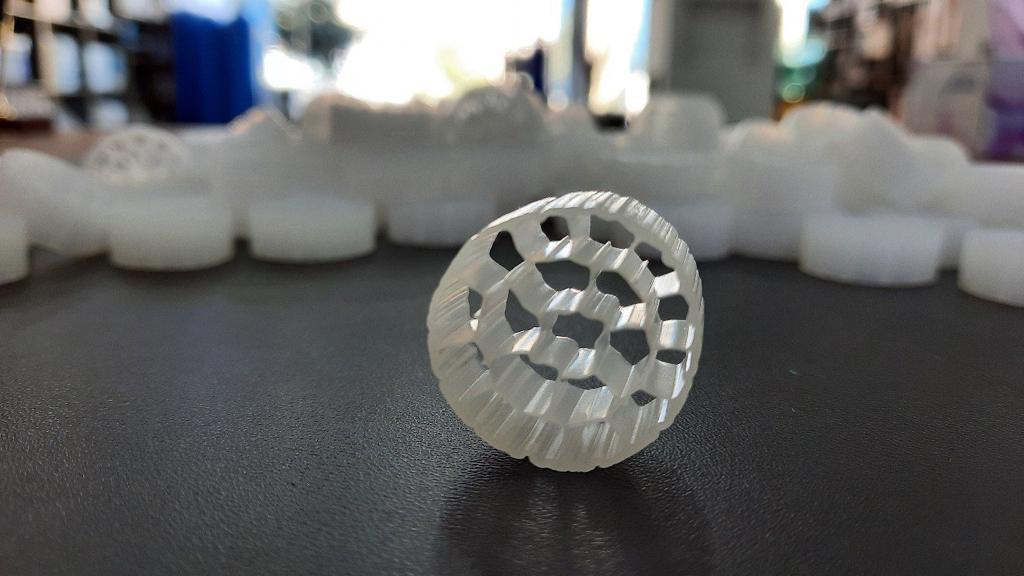
MBBR media serves as a thriving habitat for microorganisms, fostering their growth and facilitating biological processes. By maximizing surface area, it optimizes the efficiency of the MBBR system, promoting enhanced wastewater treatment performance. 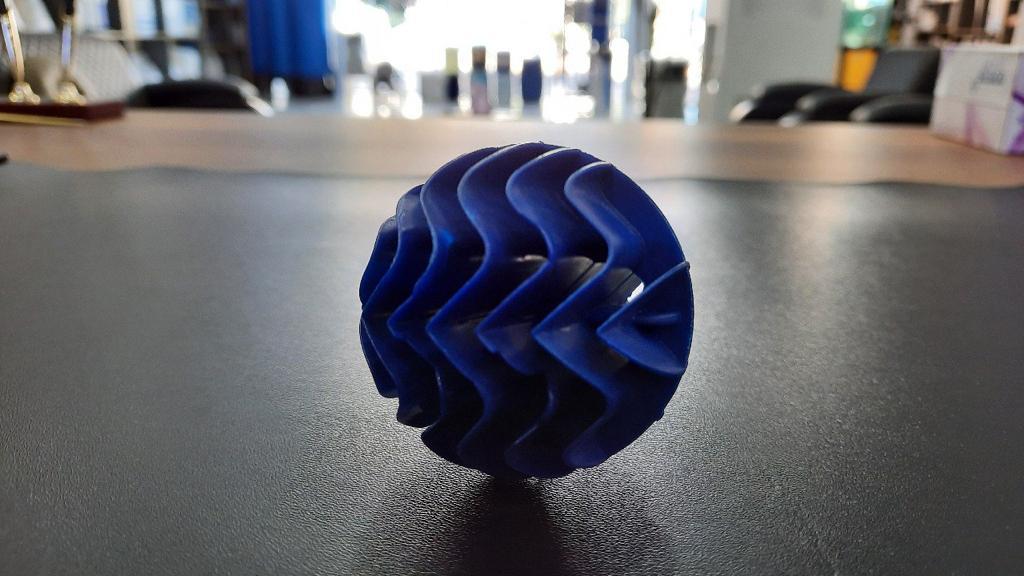
MBBR media serves as a thriving habitat for microorganisms, fostering their growth and facilitating biological processes. By maximizing surface area, it optimizes the efficiency of the MBBR system, promoting enhanced wastewater treatment performance. 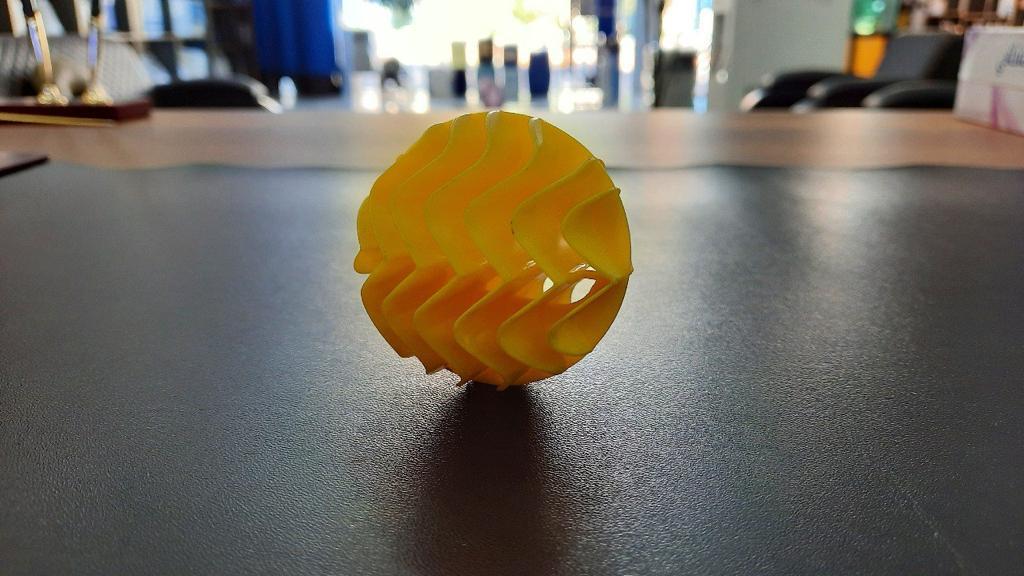
MBBR media serves as a thriving habitat for microorganisms, fostering their growth and facilitating biological processes. By maximizing surface area, it optimizes the efficiency of the MBBR system, promoting enhanced wastewater treatment performance. 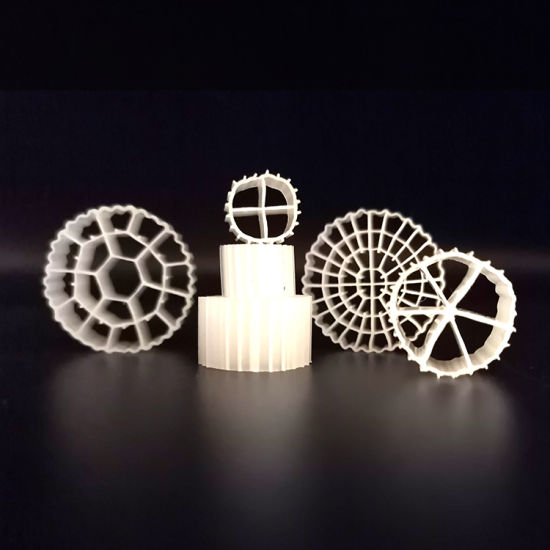
MBBR media serves as a thriving habitat for microorganisms, fostering their growth and facilitating biological processes. By maximizing surface area, it optimizes the efficiency of the MBBR system, promoting enhanced wastewater treatment performance. 
MBBR media serves as a thriving habitat for microorganisms, fostering their growth and facilitating biological processes. By maximizing surface area, it optimizes the efficiency of the MBBR system, promoting enhanced wastewater treatment performance. 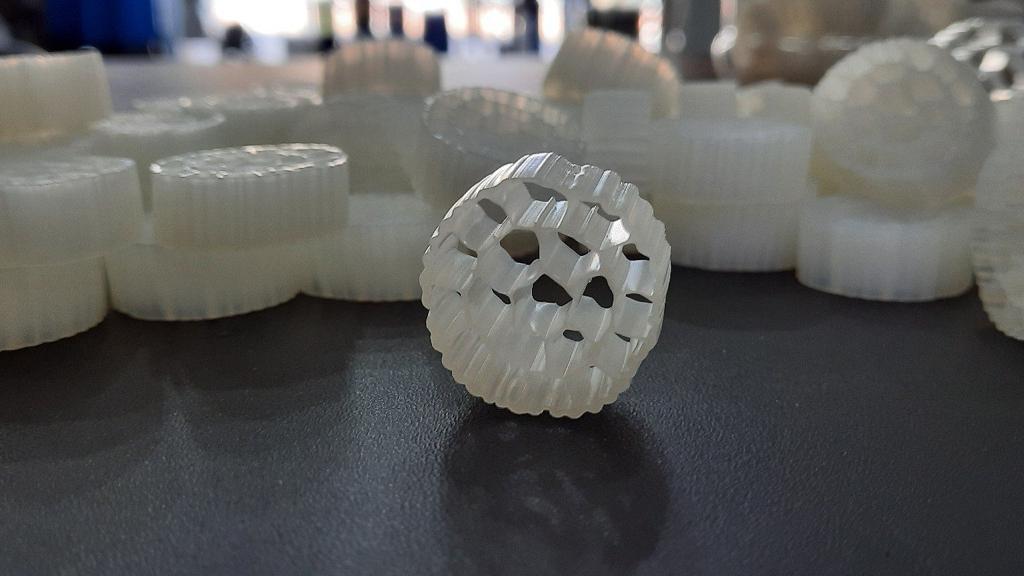
MBBR media serves as a thriving habitat for microorganisms, fostering their growth and facilitating biological processes. By maximizing surface area, it optimizes the efficiency of the MBBR system, promoting enhanced wastewater treatment performance. 
MBBR media serves as a thriving habitat for microorganisms, fostering their growth and facilitating biological processes. By maximizing surface area, it optimizes the efficiency of the MBBR system, promoting enhanced wastewater treatment performance. 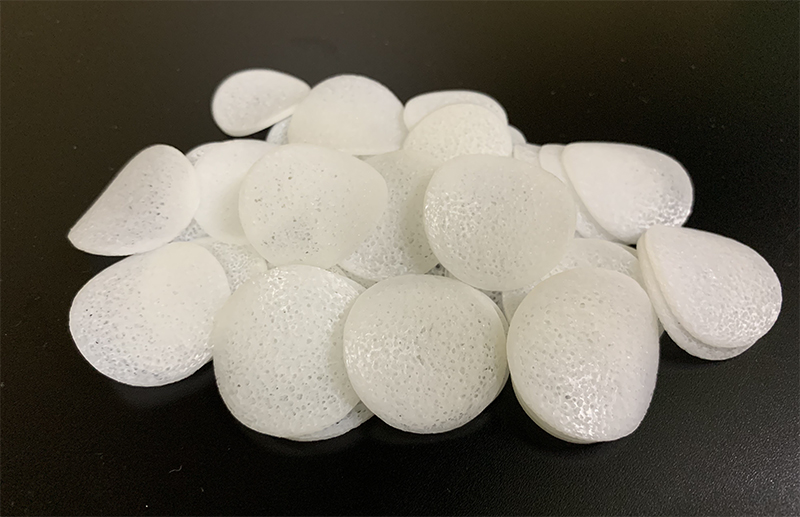
This media boasts an exceptionally high surface area of 5500 m²/m³, significantly enhancing biological treatment efficiency. 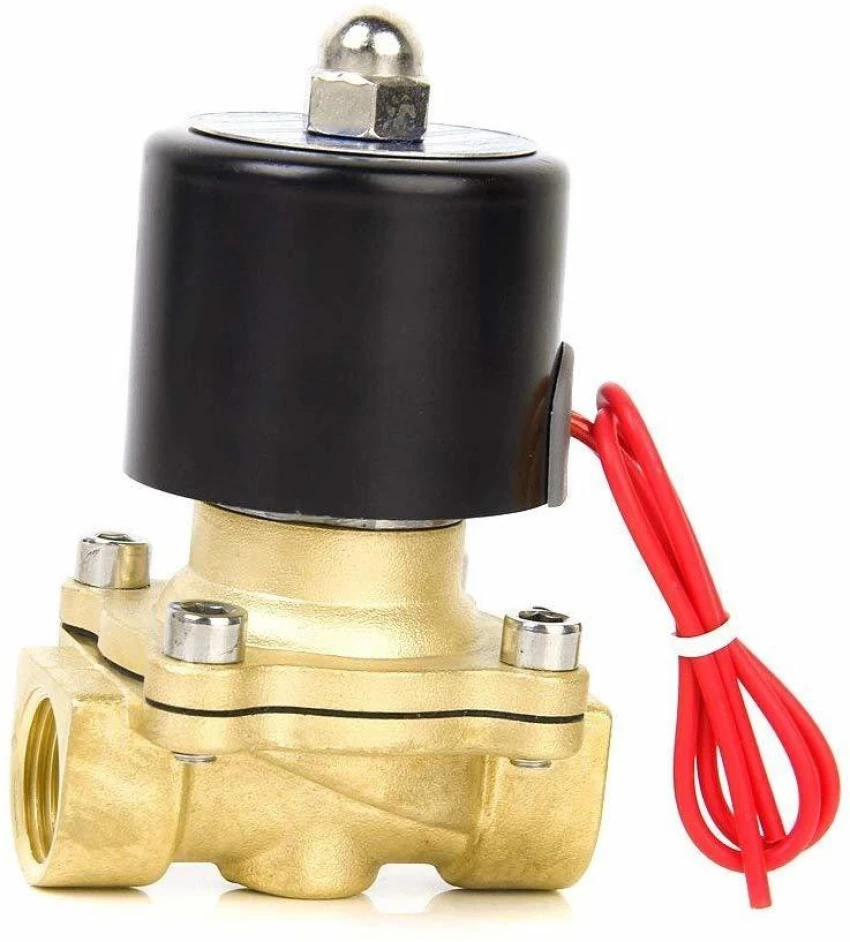
An electric check valve is a valve that allows flow in only one direction, preventing backflow. It’s equipped with an electric actuator for remote or automated control, commonly used in industrial systems for precise fluid flow management. 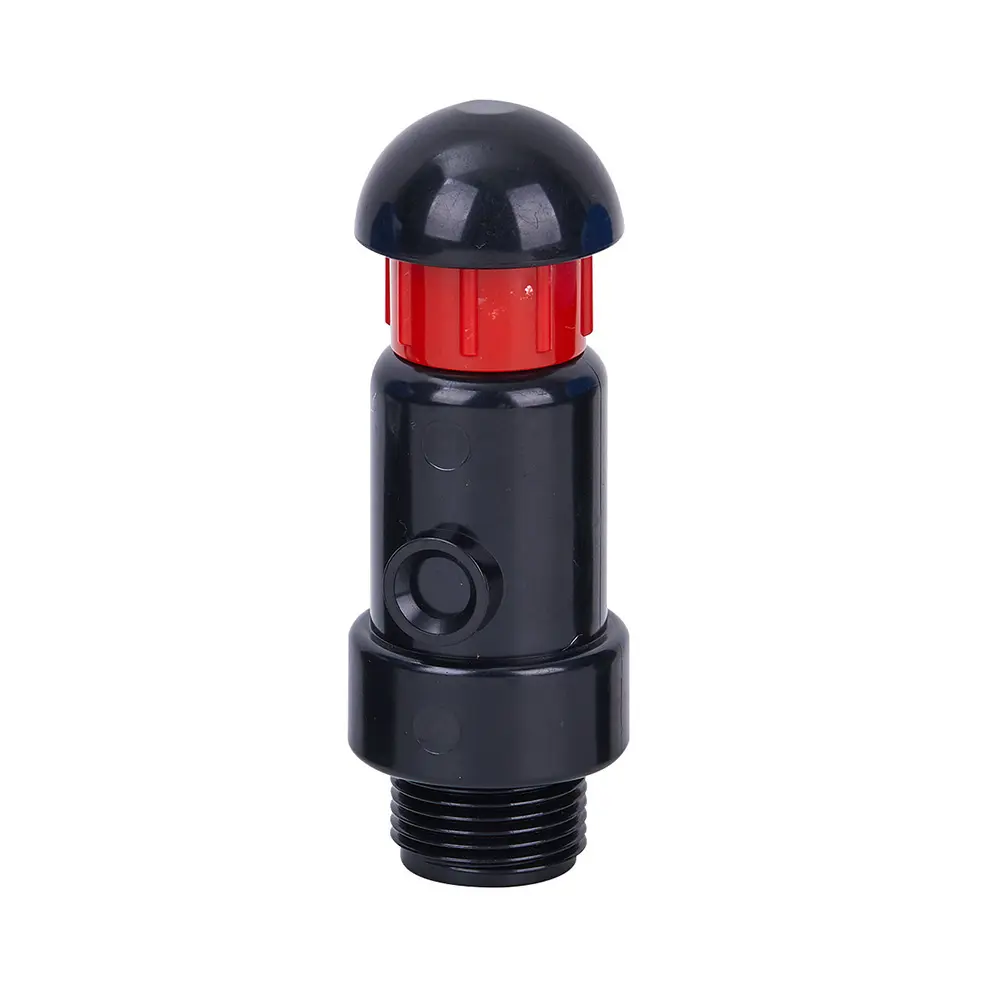
An air vent valve automatically releases trapped air or gas from plumbing or HVAC systems, preventing airlocks and ensuring efficient operation.
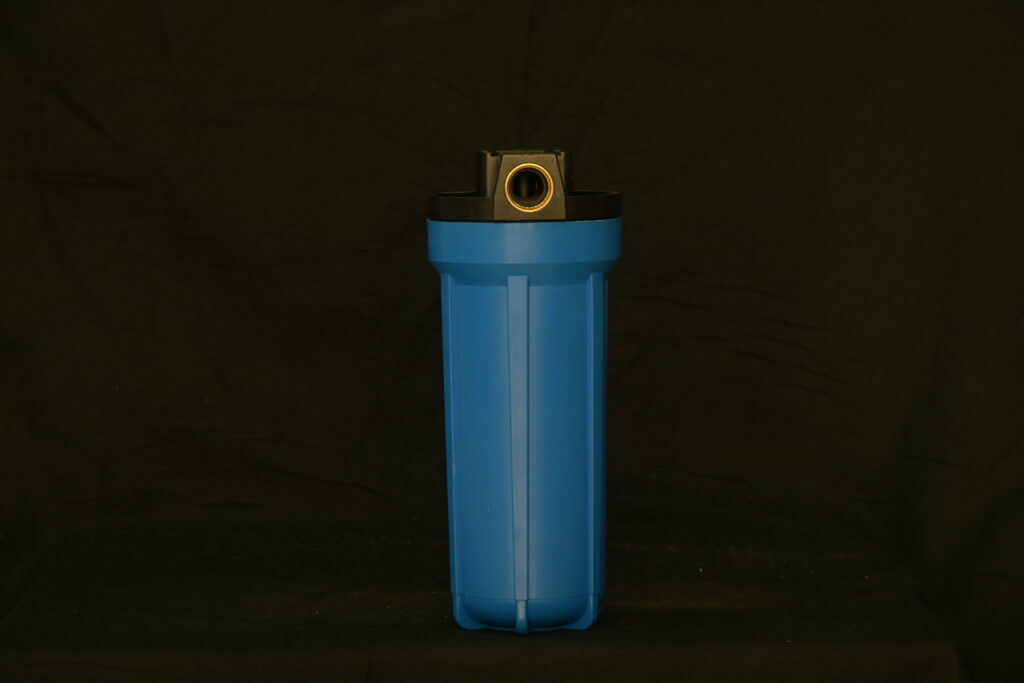
The filter housing serves as a secure enclosure designed to accommodate and protect the filter element. 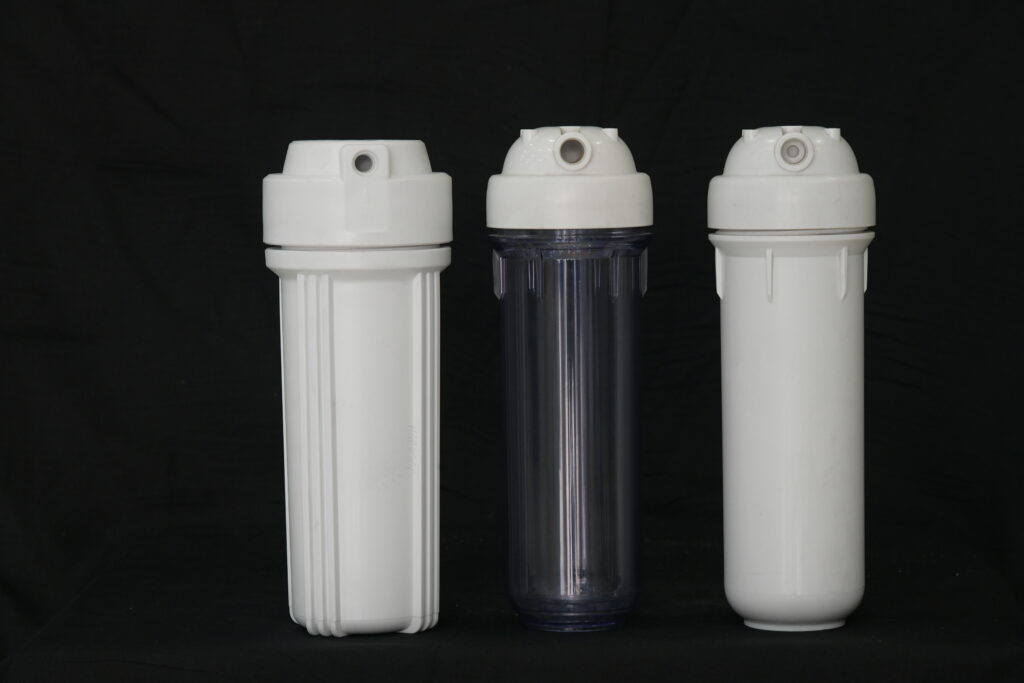
The filter housing serves as a secure enclosure designed to accommodate and protect the filter element. 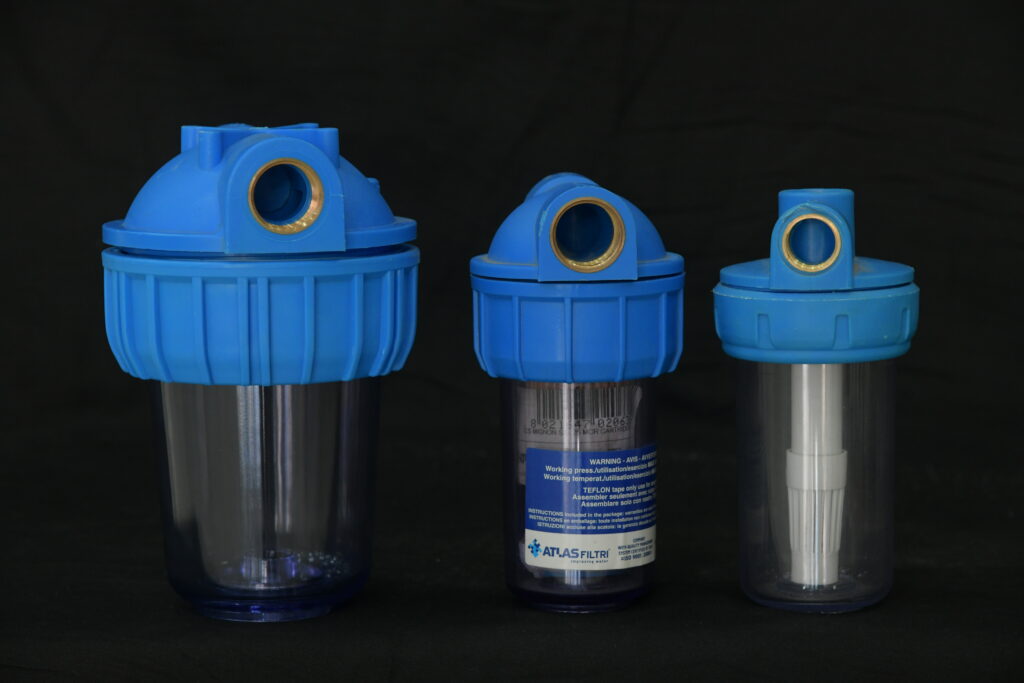
The filter housing serves as a secure enclosure designed to accommodate and protect the filter element. 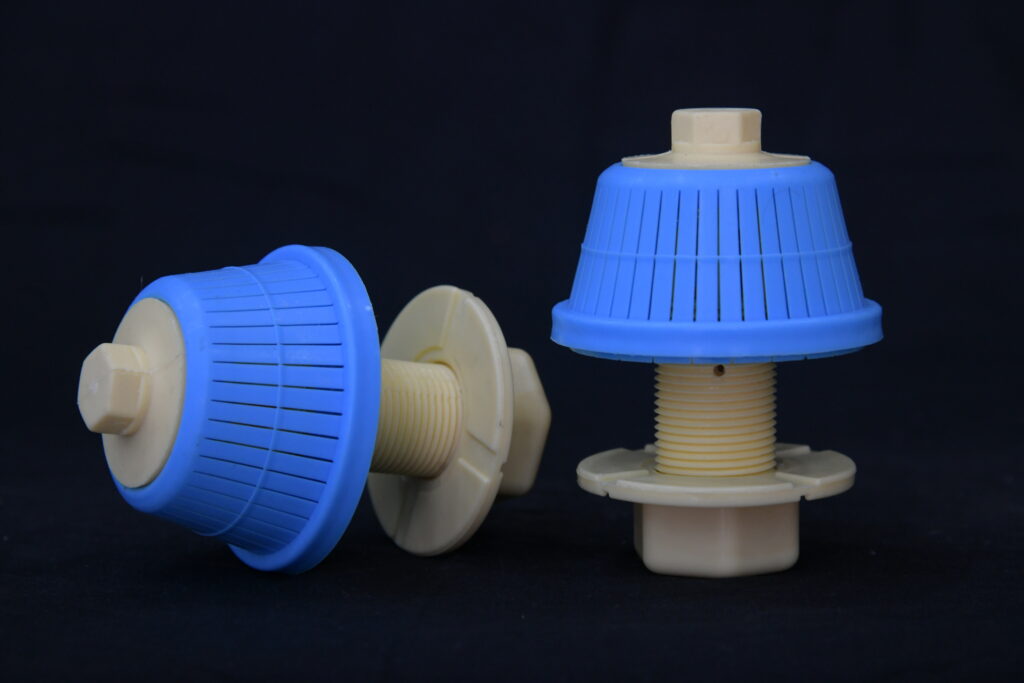
A strainer is a device that filters out solid particles from liquids or gases by allowing the fluid to pass through while trapping the particles. 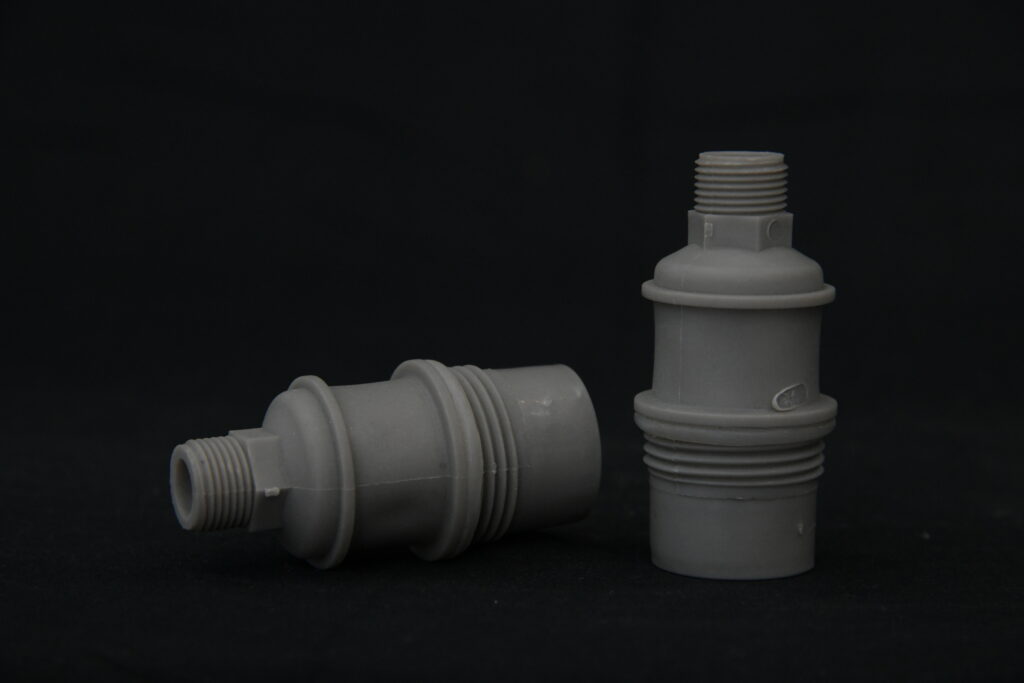
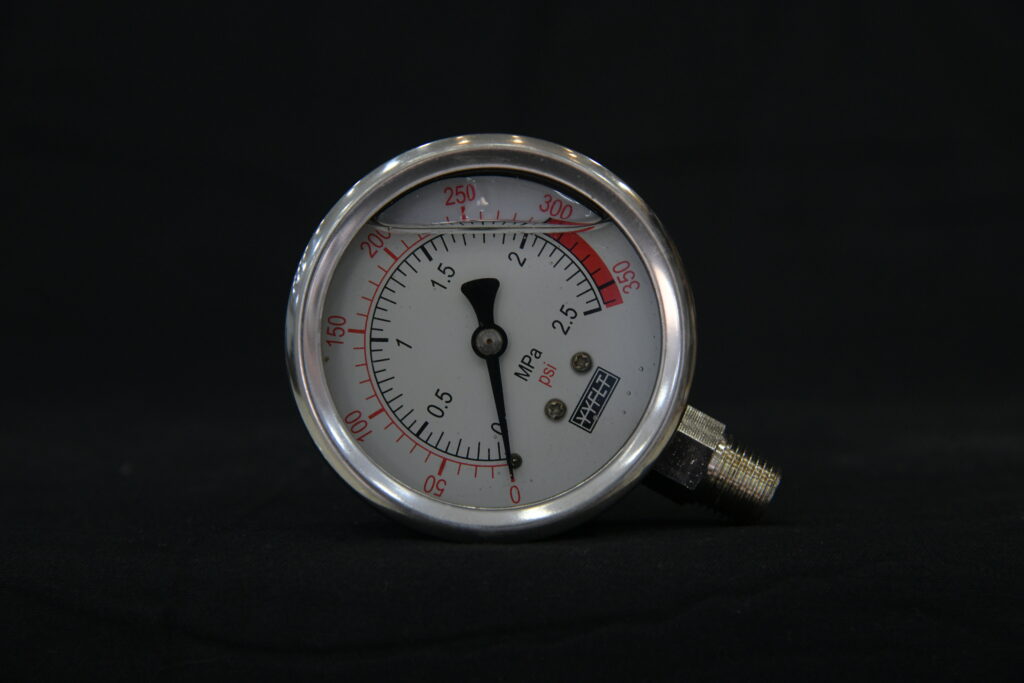
Gauge pressure is an instrument employed to precisely quantify the pressure exerted within a system or container, providing crucial data for monitoring and control purposes. 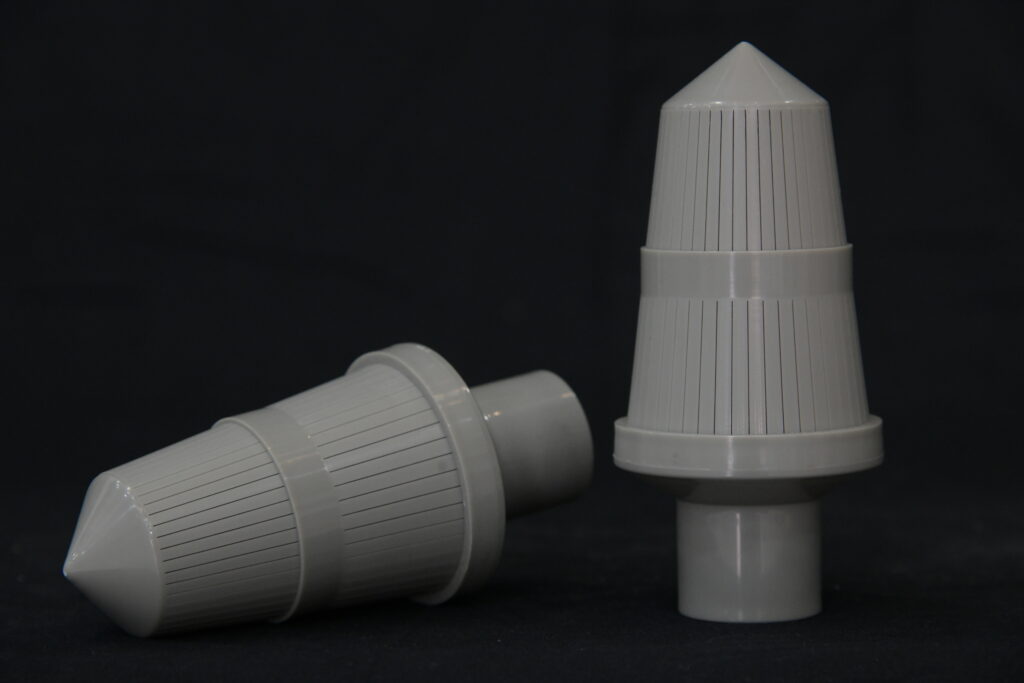
A strainer is a device that filters out solid particles from liquids or gases by allowing the fluid to pass through while trapping the particles. 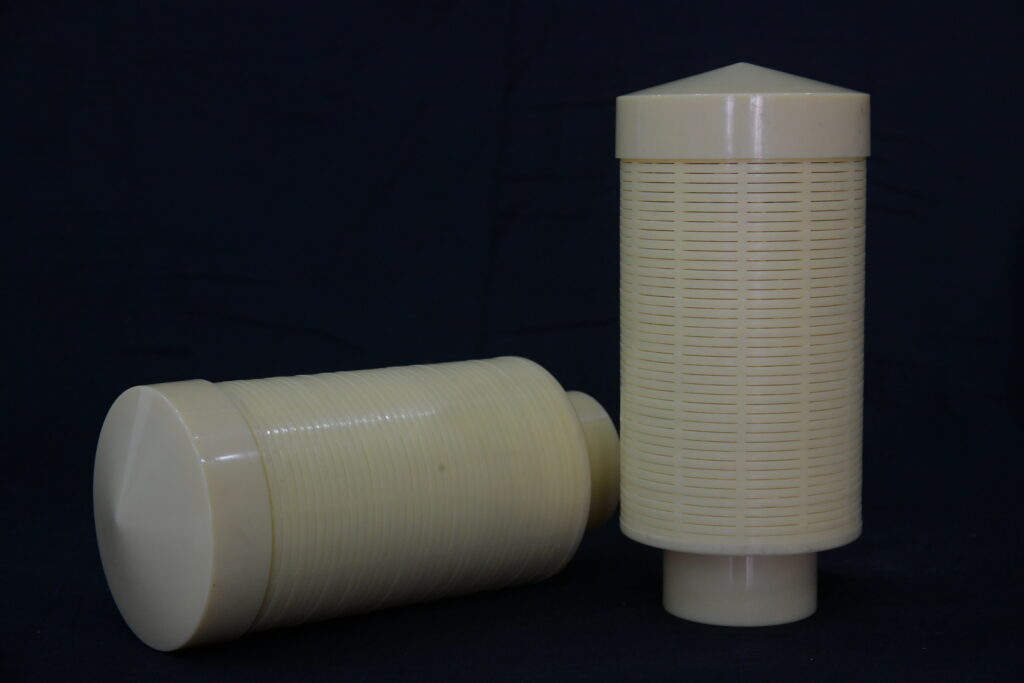
A strainer is a device that filters out solid particles from liquids or gases by allowing the fluid to pass through while trapping the particles. 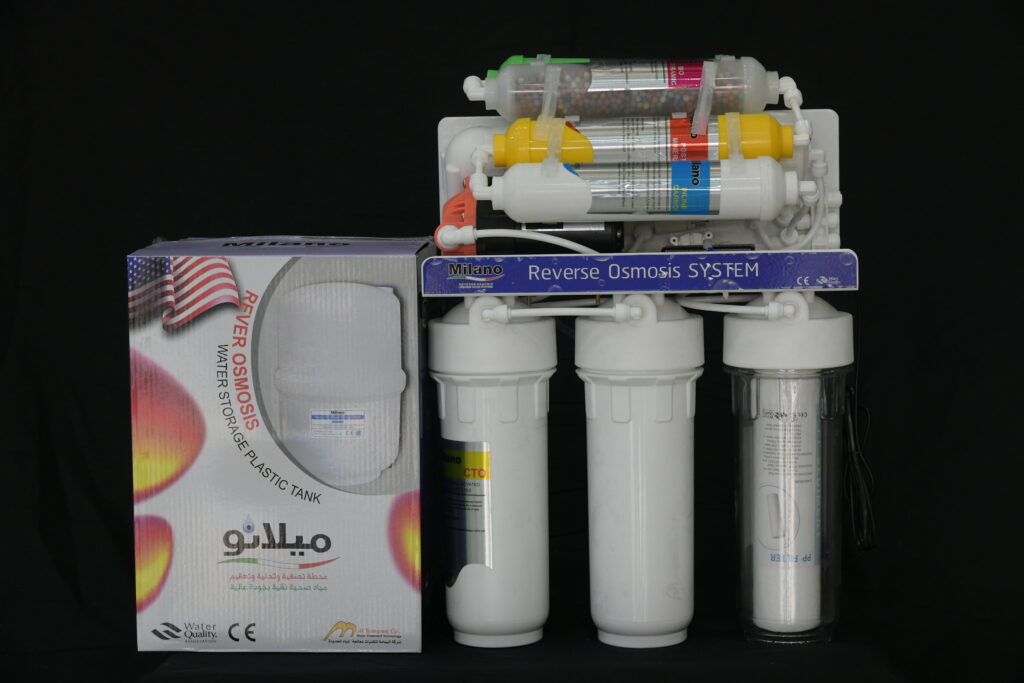
A reverse osmosis (RO) system is a water filtration device commonly used in households and small-scale applications. It employs a semi-permeable membrane to remove contaminants, impurities, and dissolved solids from water, producing clean and purified drinking water. RO systems are compact, efficient, and ideal for improving the taste and quality of tap water at the point of use, such as in kitchens or for drinking water dispensers. 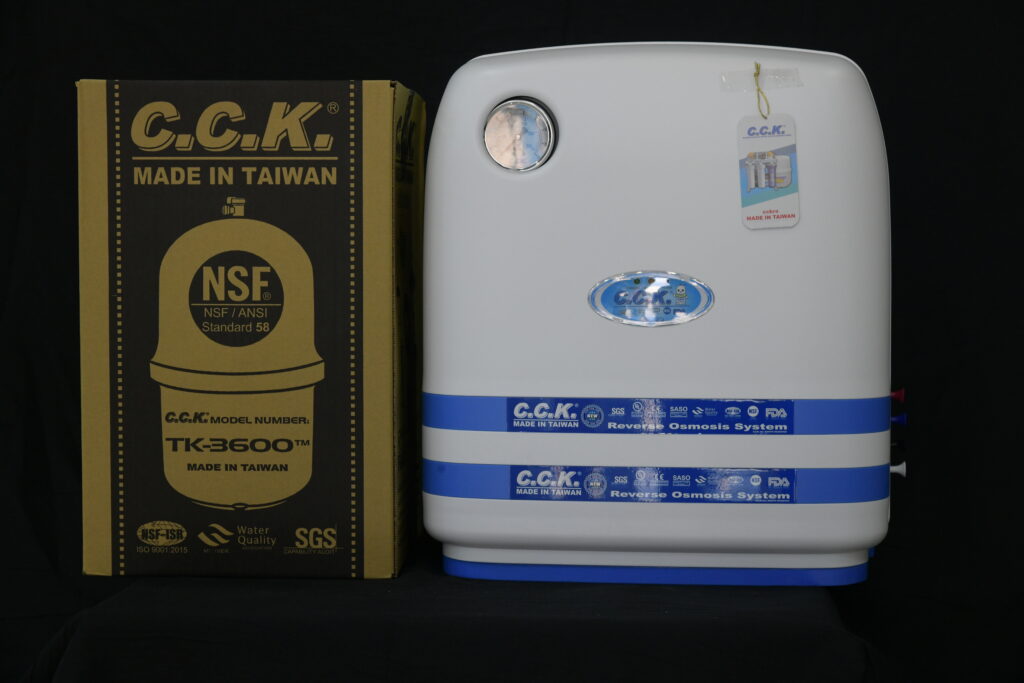
A box RO system is a compact water filtration device designed for households, fitting conveniently under sinks. Using reverse osmosis technology, it effectively purifies tap water, removing contaminants to provide clean and safe drinking water. 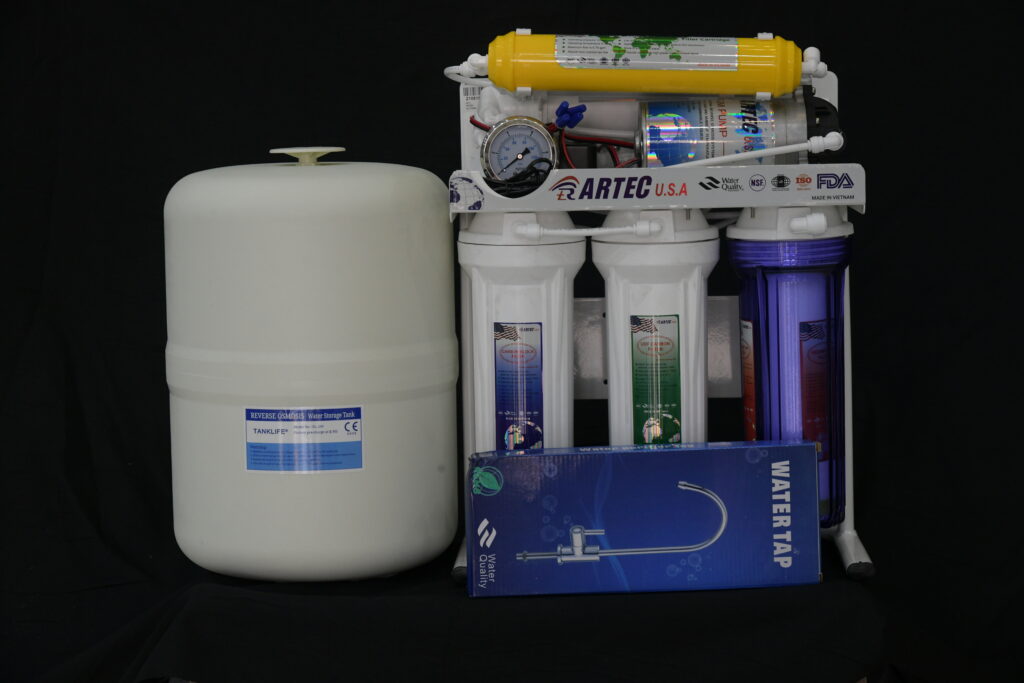
A reverse osmosis (RO) system is a water filtration device commonly used in households and small-scale applications. It employs a semi-permeable membrane to remove contaminants, impurities, and dissolved solids from water, producing clean and purified drinking water. RO systems are compact, efficient, and ideal for improving the taste and quality of tap water at the point of use, such as in kitchens or for drinking water dispensers. 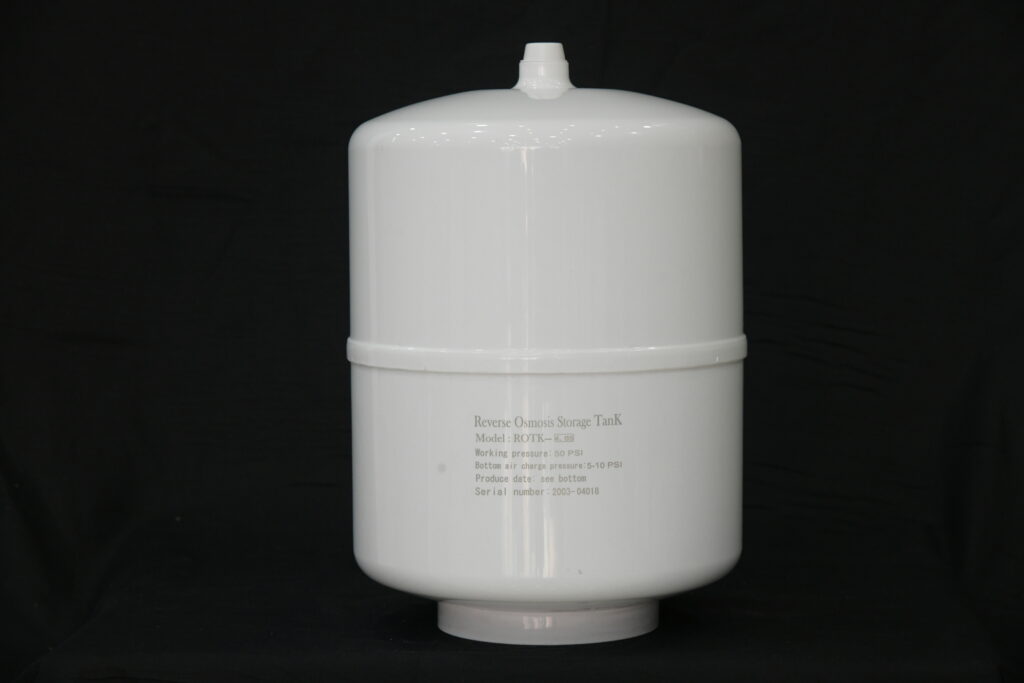
The RO storage tank is a vessel designed to securely hold filtered water produced by the Reverse Osmosis (RO) system, ensuring a readily accessible and clean water supply. 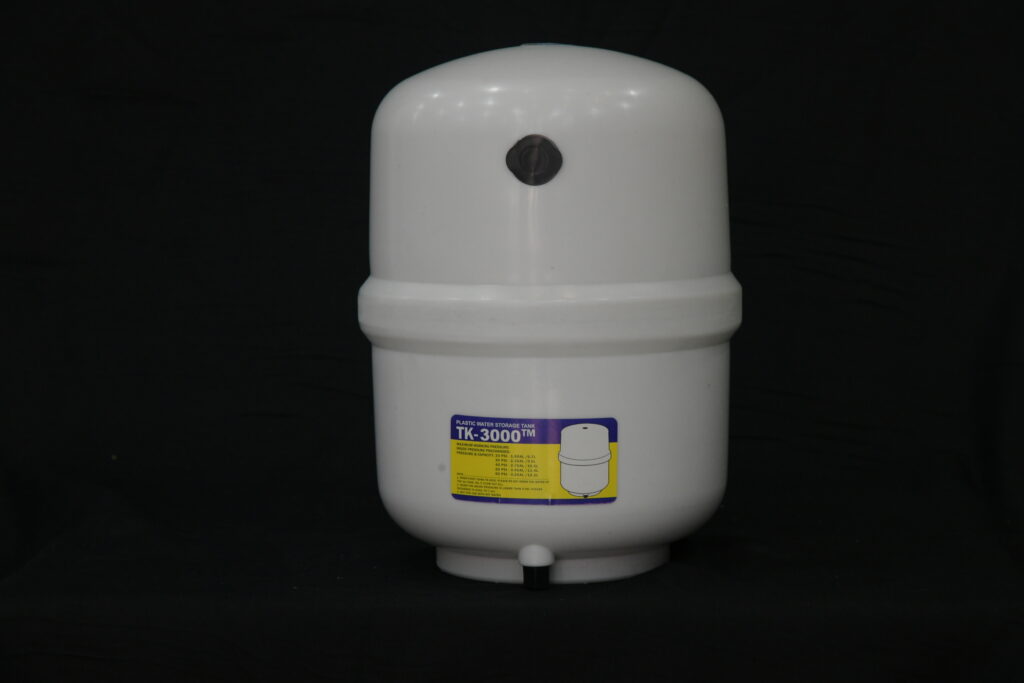
The RO storage tank is a vessel designed to securely hold filtered water produced by the Reverse Osmosis (RO) system, ensuring a readily accessible and clean water supply. 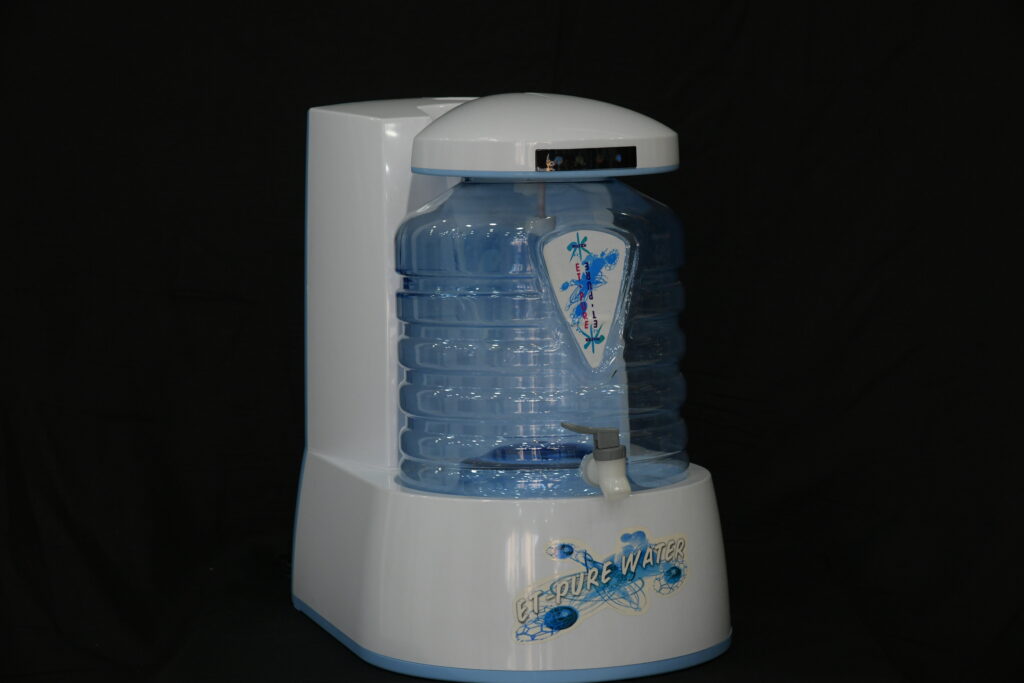
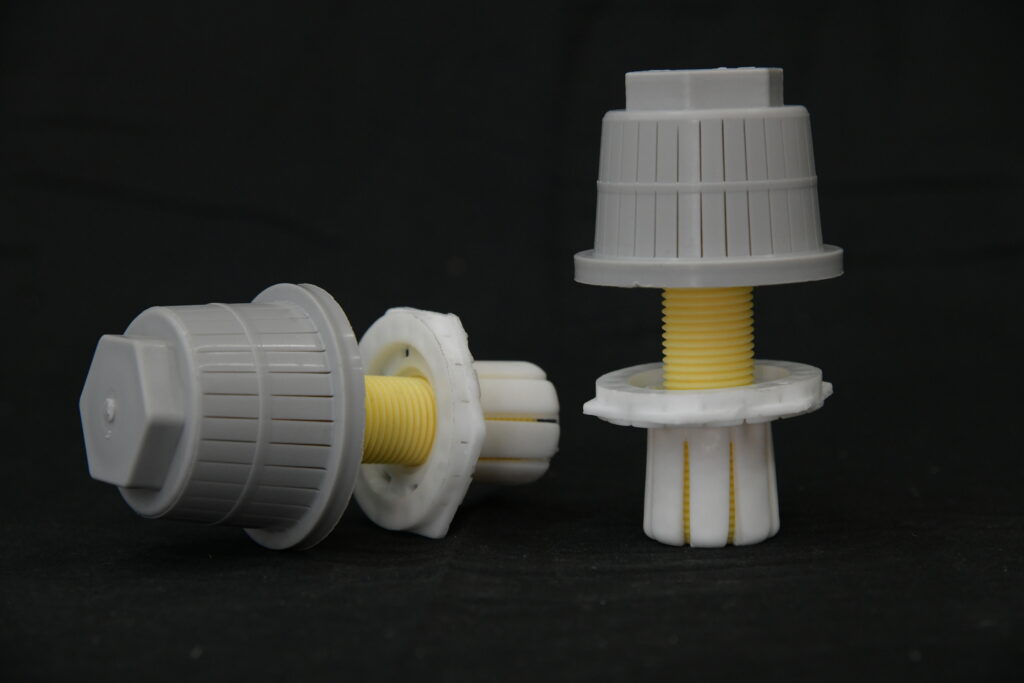
A strainer is a device that filters out solid particles from liquids or gases by allowing the fluid to pass through while trapping the particles. 
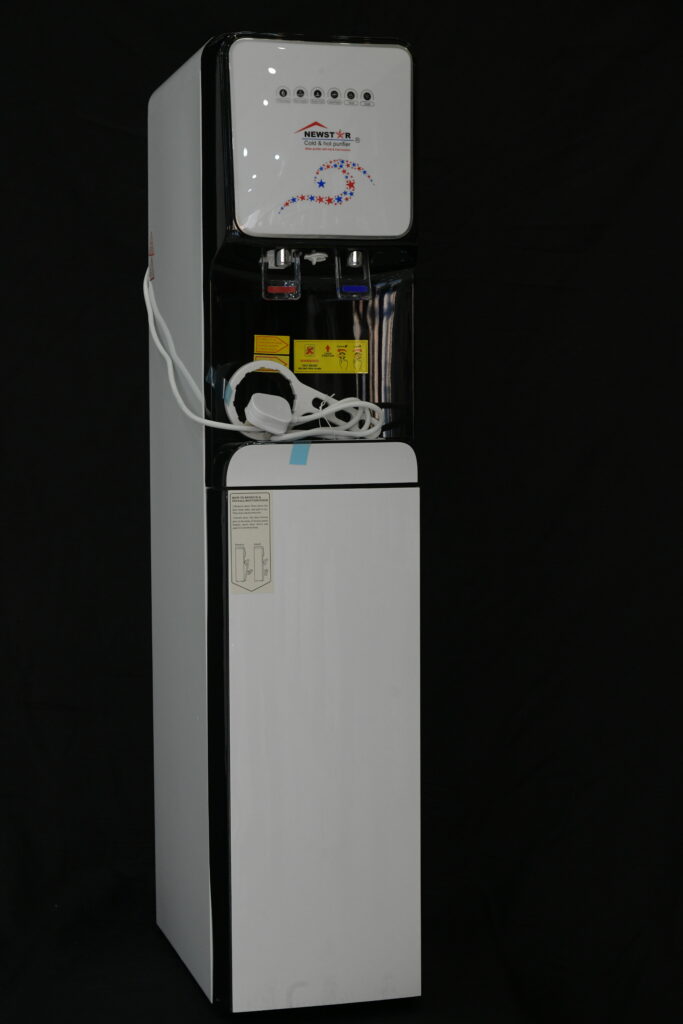
A water dispenser, also known as a water cooler, is a device that provides chilled or hot water for drinking purposes. It typically consists of a reservoir or container for storing water, a cooling or heating mechanism, and dispensing taps or buttons for easy access to water. Water dispensers are commonly found in homes, offices, and public spaces, offering convenience and accessibility to refreshing drinking water. 
A strainer is a device that filters out solid particles from liquids or gases by allowing the fluid to pass through while trapping the particles. 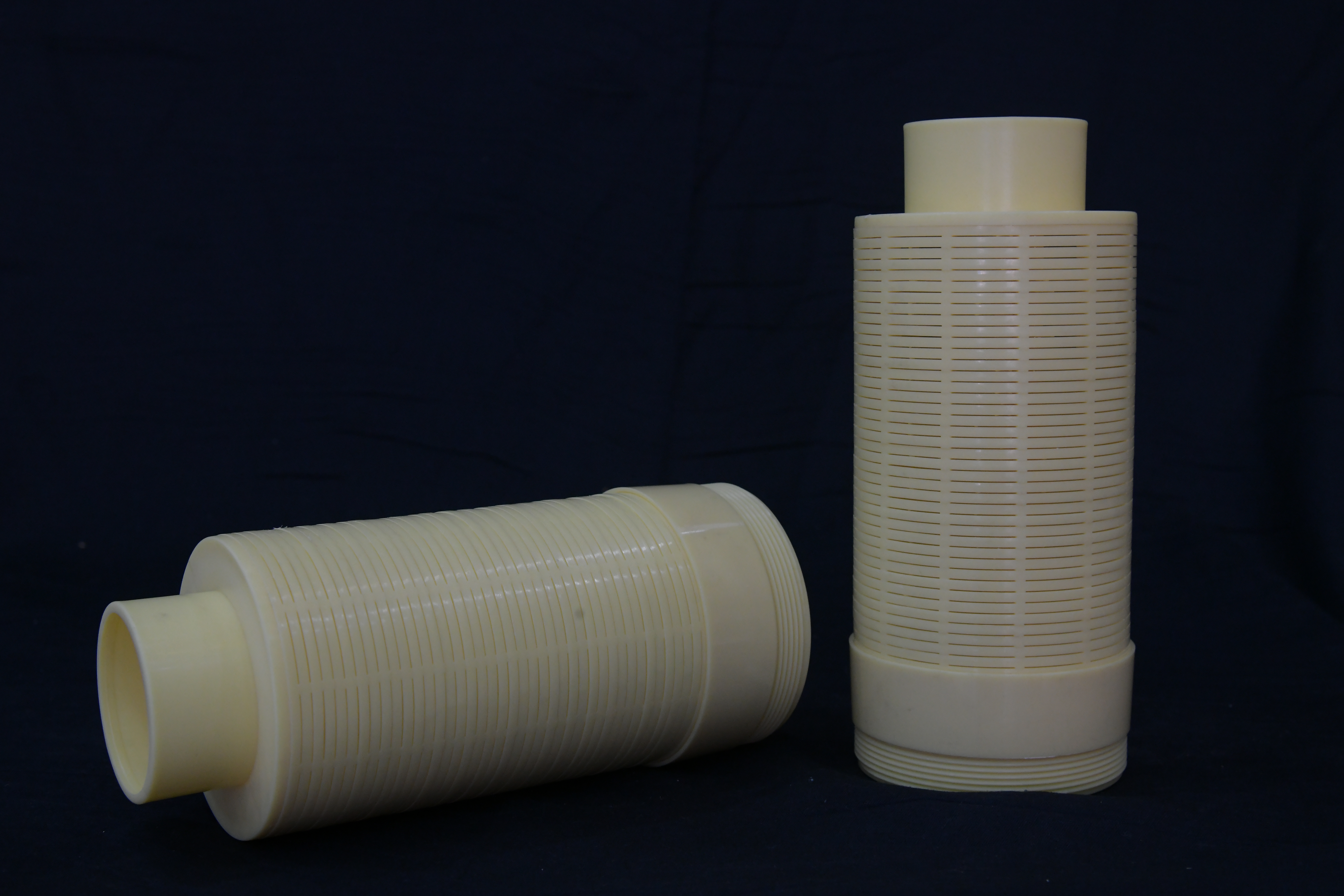
A strainer is a device that filters out solid particles from liquids or gases by allowing the fluid to pass through while trapping the particles. 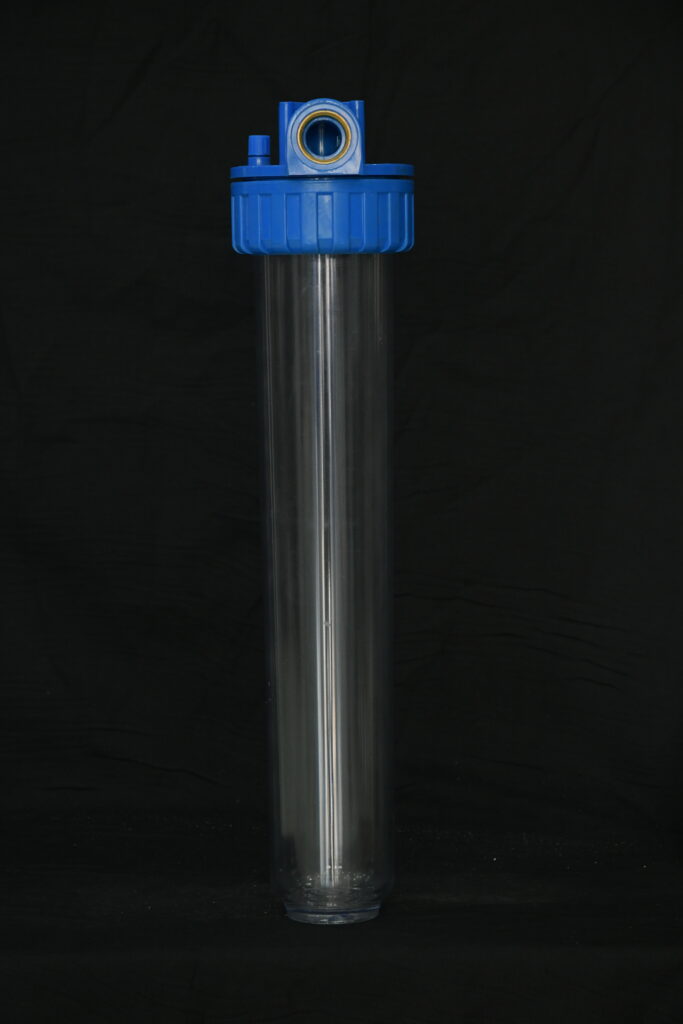
The filter housing serves as a secure enclosure designed to accommodate and protect the filter element. 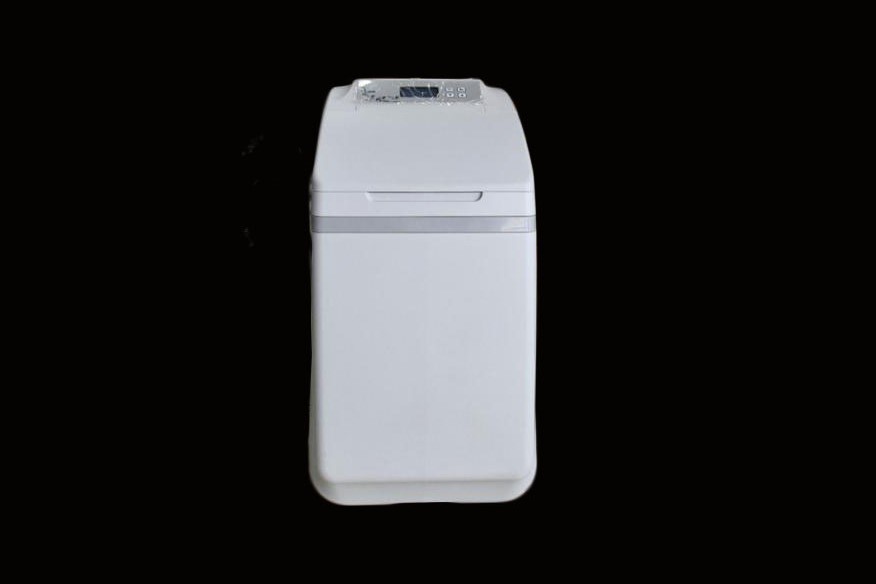
A residential softener system reduces water hardness by replacing calcium and magnesium ions with sodium or potassium ions through ion exchange. It improves water quality, reduces scale buildup in pipes and appliances, and enhances the effectiveness of soap and detergents. Regular regeneration is required to maintain its efficiency. 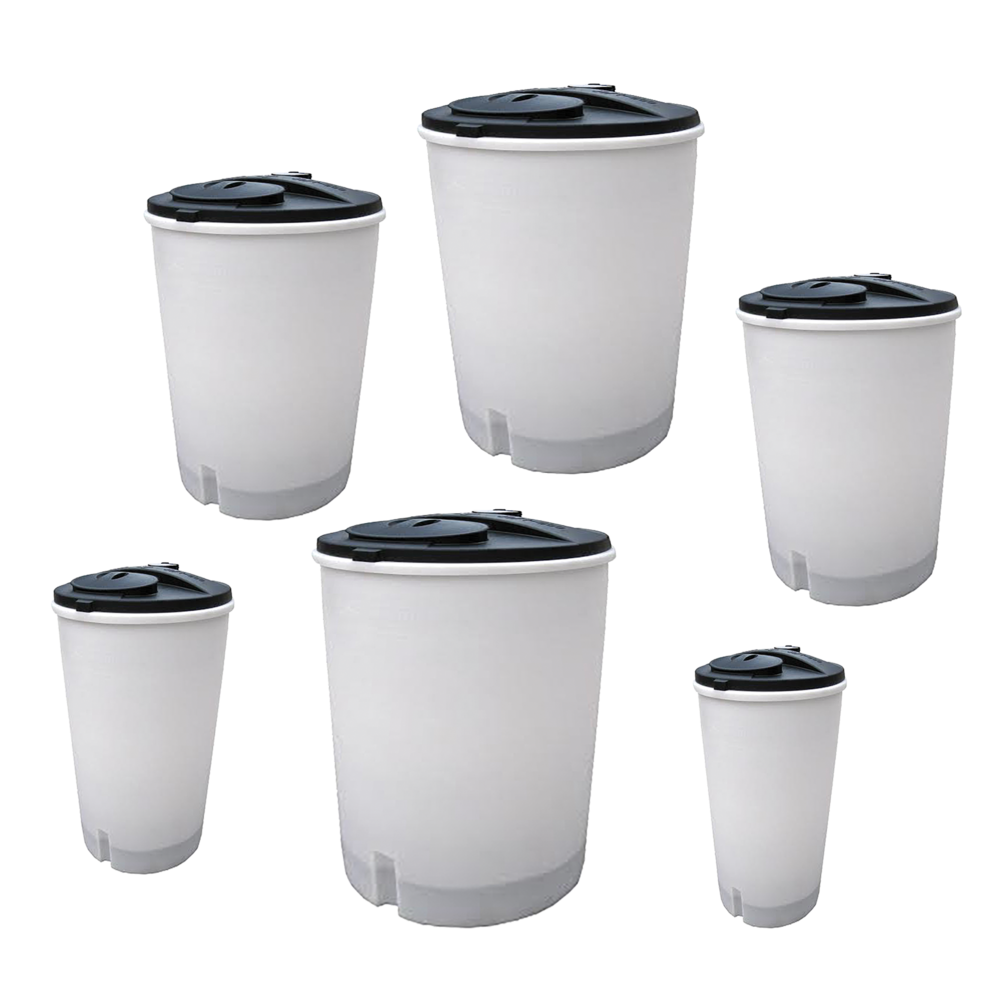
The brine tank is a specialized reservoir specifically designed to hold a mixture of salt and water. It serves a crucial role in water softener systems as the backwash unit, facilitating the regeneration process to maintain the system’s effectiveness. 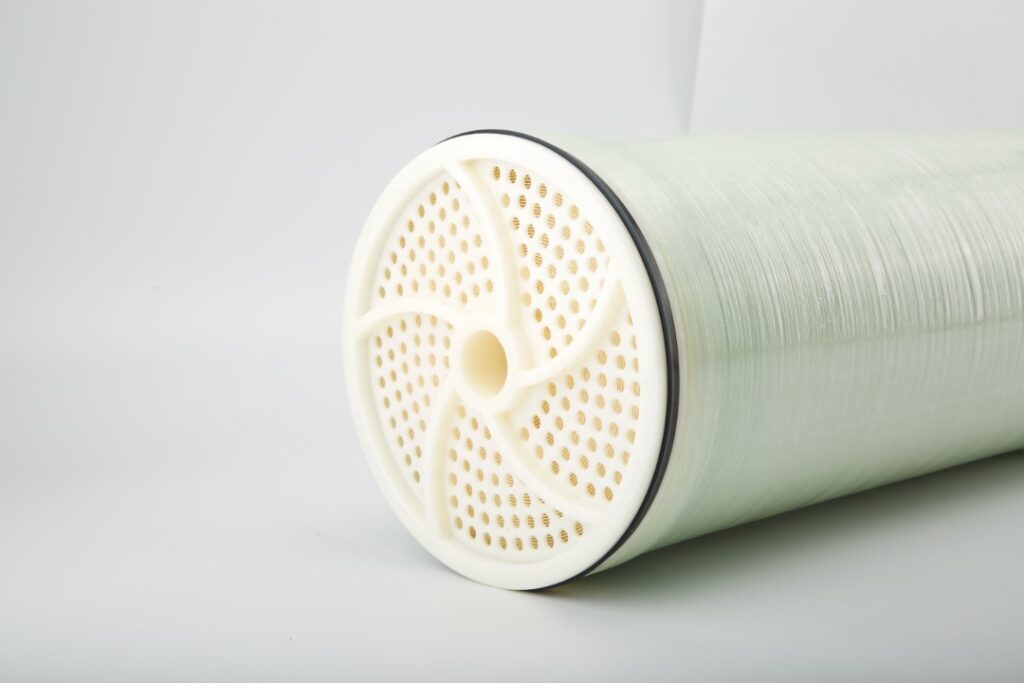
Cartridge water filters use replaceable cartridges to remove impurities from water, improving taste and quality. They’re common in household filtration systems and require regular cartridge replacement for effectiveness. 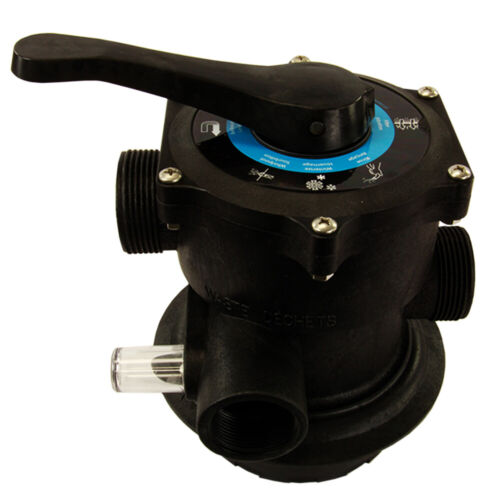
A manual filter control valve is a type of valve used to control the flow of water in a filtration system manually. It allows users to adjust the flow rate, initiate backwashing or rinsing cycles, and control other functions of the filtration system through manual operation. These valves are typically operated by turning a handle or lever to open, close, or adjust the flow, providing users with direct control over the filtration process. 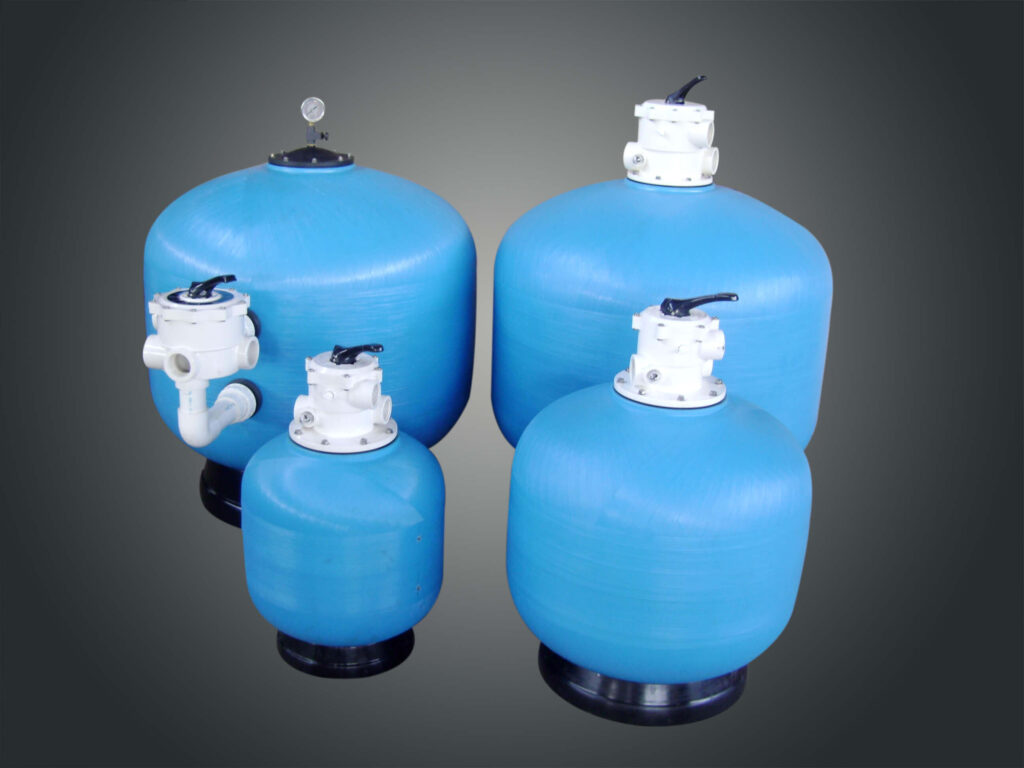
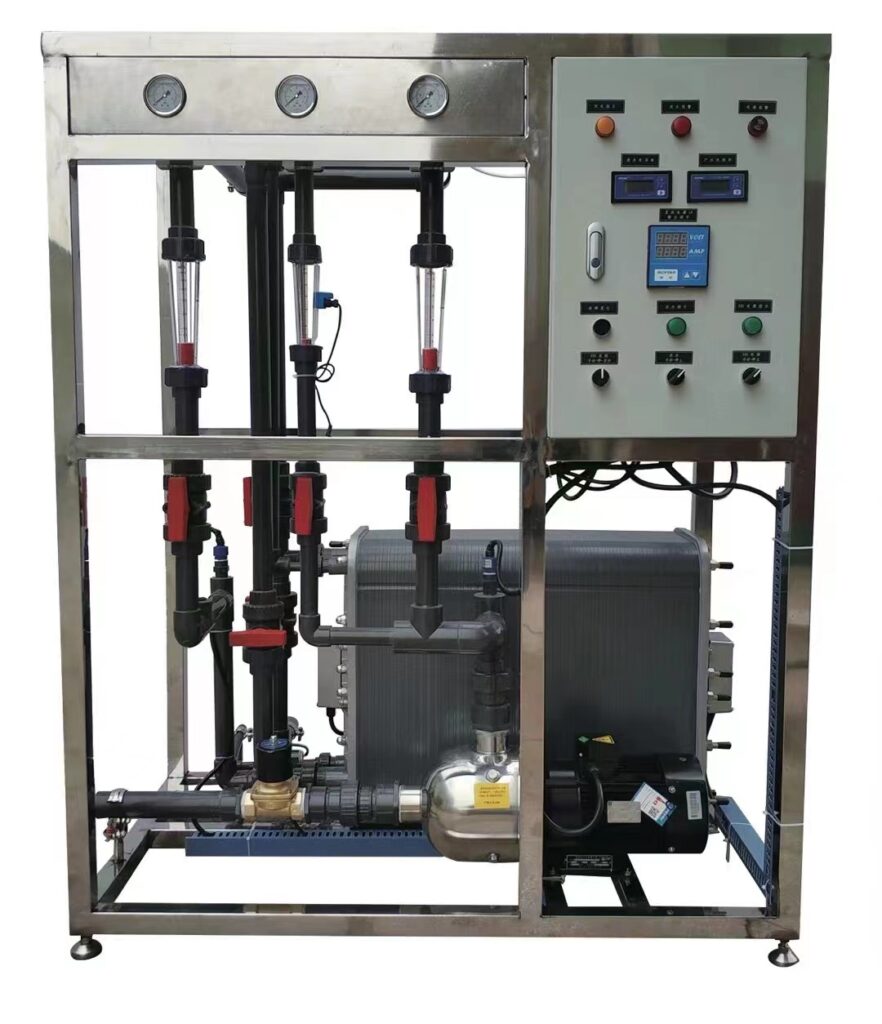
Electrodeionization Available in these sizes (250,500,750,1000)L 
An anti-scale agent is a substance that prevents the accumulation of mineral deposits in water systems, helping to protect equipment and appliances from damage. 
This cutting-edge American device is engineered to effortlessly reduce water hardness to absolute zero, showcasing the pinnacle of technological innovation. 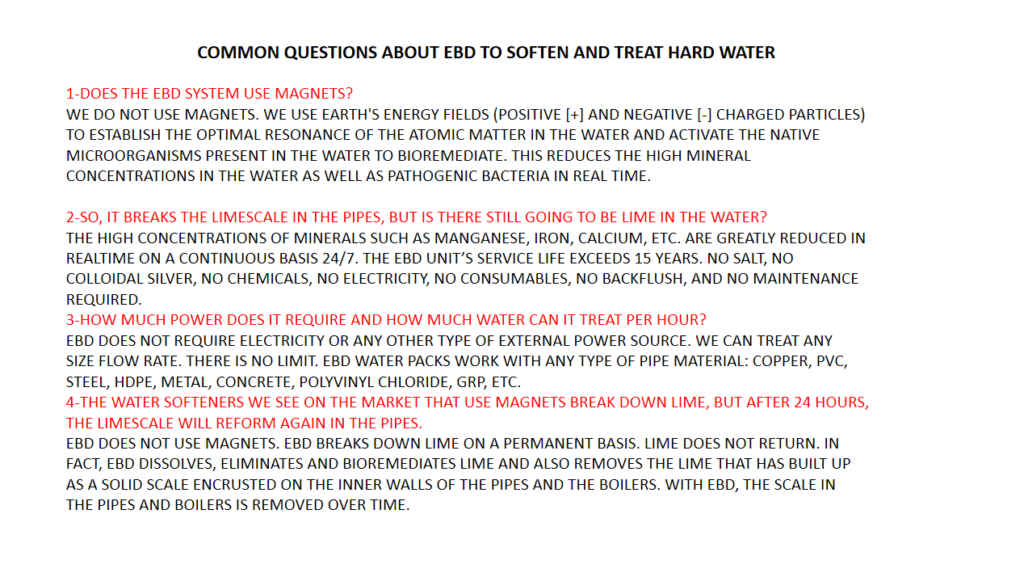
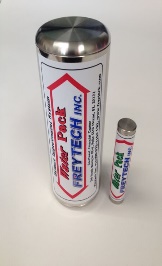
This cutting-edge American device is engineered to effortlessly reduce water hardness to absolute zero, showcasing the pinnacle of technological innovation.
Control Valve
Hydro Pure can provide Control Valves with these sizes: 4-6-8-10-15-20-40-50 m3/h , For Softener and Filter Systems.

